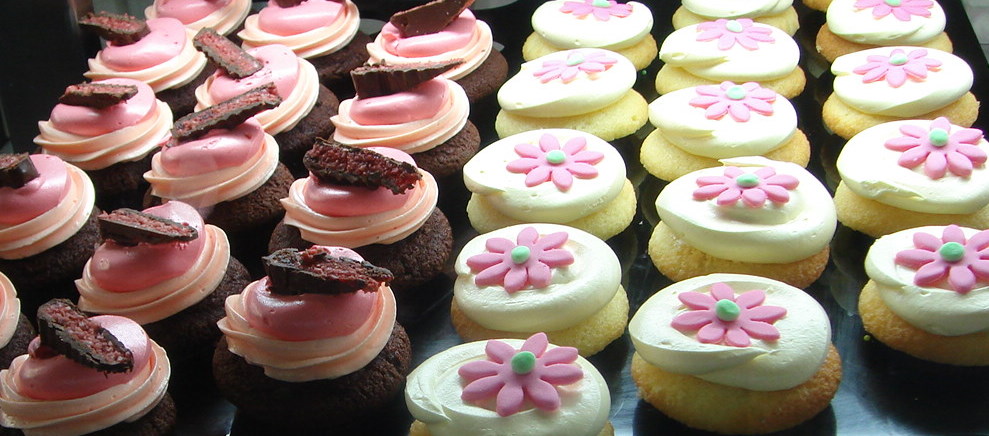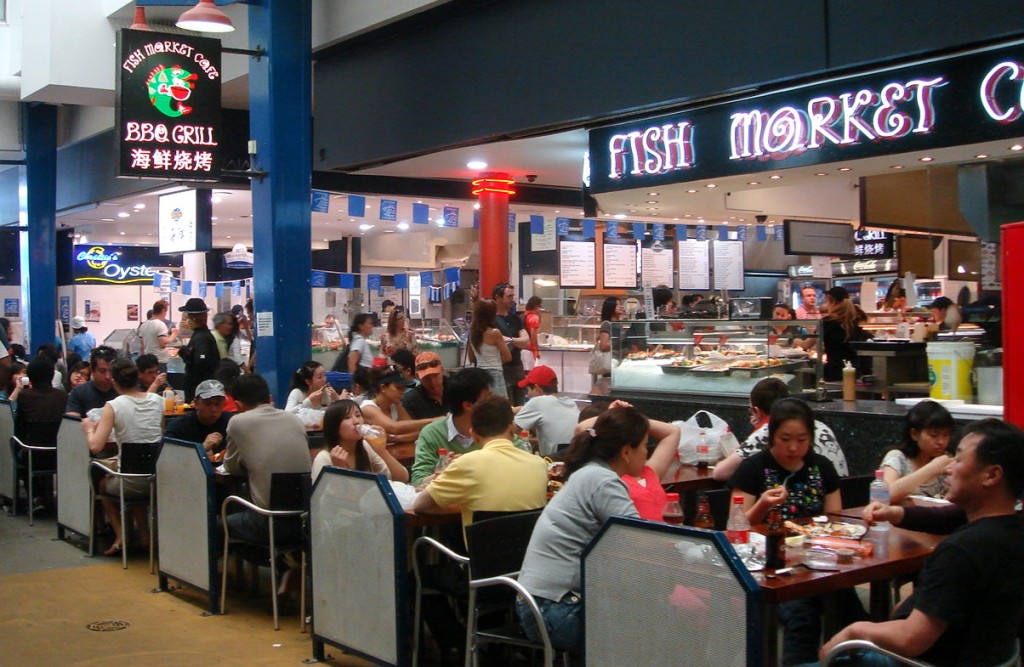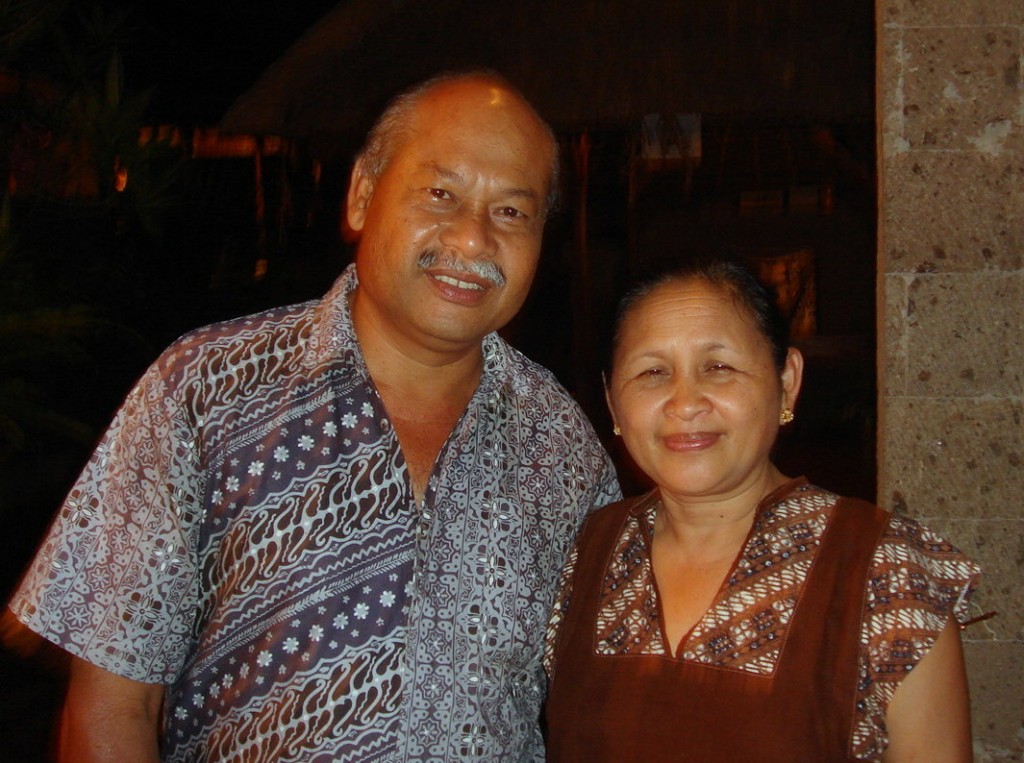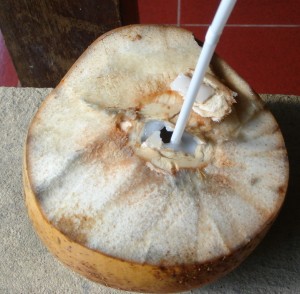Cupcake on Pitt: Cupcake Phenomenon

Banana cupcakes at Cupcake on Pitt
I must say, I am a little cupcake mad. It all began when I stumbled across Lola’s Cupcakes in the Selfridges’ food hall sometime ago and ended up buying some to share with friends. Before you knew it, we’d each developed an antenna for cupcakes and embarked on a ‘mission’ to sample and rate as many of them ever since. We compare them on all sorts of different criteria: the number of types of flavours available; the taste, sweetness and texture of the icing; and of course the quality of the cake itself. Other than Lola’s Cupcakes, there are quite a few cupcakes stores around London nowadays such as The Hummingbird Bakery, the Primrose Bakery, the Buttercup Cake Shop, not to mention a number of online cupcake stores that deliver such as The Little Cupcake Company, Clares Cupcakes, Crumbs and Dollies and The Organic Cupcake Company. I don’t recall there being this many a few years ago so I am surely not the only person in London who is slightly crazed about these miniature creations of the baking world.
Global financial meltdown aside, this cupcake phenomenon also appears to be another effect of the globalisation that has impacted Sydney. In the three and a half years since I last visited Sydney there were no shops devoted specifically to cupcakes. Now there are at least two in the city centre.
One is Cupcake on Pitt, so named as it is located on Pitt St. Their cupcakes cost $2.00 rather than the $3.50 charged by The Cupcake Bakery, the second half of the cupcake duopoly in the city centre. Admittedly the cupcakes at the former are perhaps a little smaller than the ones at their rival, but this also means you can try two different ones for roughly the same price instead of just one. Or in our case, share four between two, imperative I thought in furthering the ‘mission’.
We tried a number of flavours, and of the lot, the carrot was the most delicious. The icing, made from cream cheese, was light and fluffy and not too sweet. The cake was light and moist, courtesy of the carrot content which helps to retain the moisture in the cake.

Cherry ripe on chocolate and vanilla on vanilla cupcakes
We also had the honeycomb, peanut butter and cherry ripe (Australia’s oldest chocolate bar which has a cherry-flavoured coconut centre) flavours. All three of these came with chocolate cupcake bases, but disappointingly the cakes were a little bland and a touch dry. The icing, with the exception of the peanut butter, tasted like over-aerated powdered cream, the effect of which left a slightly sickly aftertaste. Although they were described to me as butter creams, the icing was not the expected denser and sweeter texture of standard butter cream icing. The peanut butter icing however was lusciously creamy, with a slightly sweet peanut butter taste, like a Reese’s peanut butter cup.

Passionfruit and peanut butter cupcakes
There were clearly some goodies and some baddies at Cupcake on Pitt. Despite this, I still couldn’t help but be drawn to the cupcakes because they were so prettily decorated. So what is it about cupcakes that appeals to so many? It’s just a piece of cake after all, but baked in a cupcake patty. Therefore I suspect it’s all in the presentation. Miniature in size and cutely dressed, they truly look adorable, like a little baby cake. Cupcake on Pitt has lots of choice, about 28, although not all were on offer at the time of my visit. So if it is your heart’s desire, you can purchase a box of 12 from Cupcake on Pitt to coo over. Ooh, how cute!

A box of dozen cupcakes to coo over...
Cupcake on Pitt at:
323 Pitt St,
Sydney, NSW
Australia, 2000
Web: http://www.cupcakesonline.com.au
Other Related Reviews












